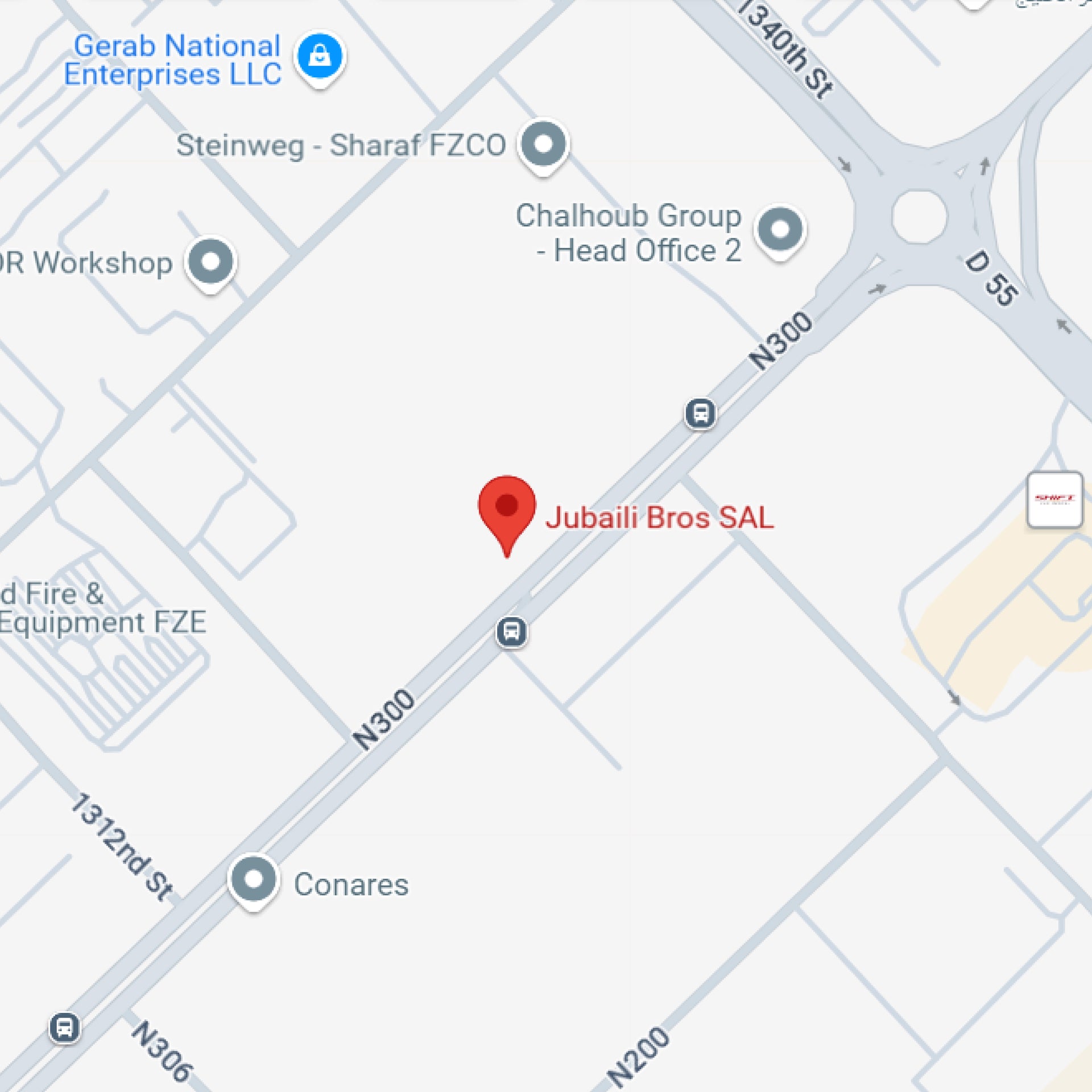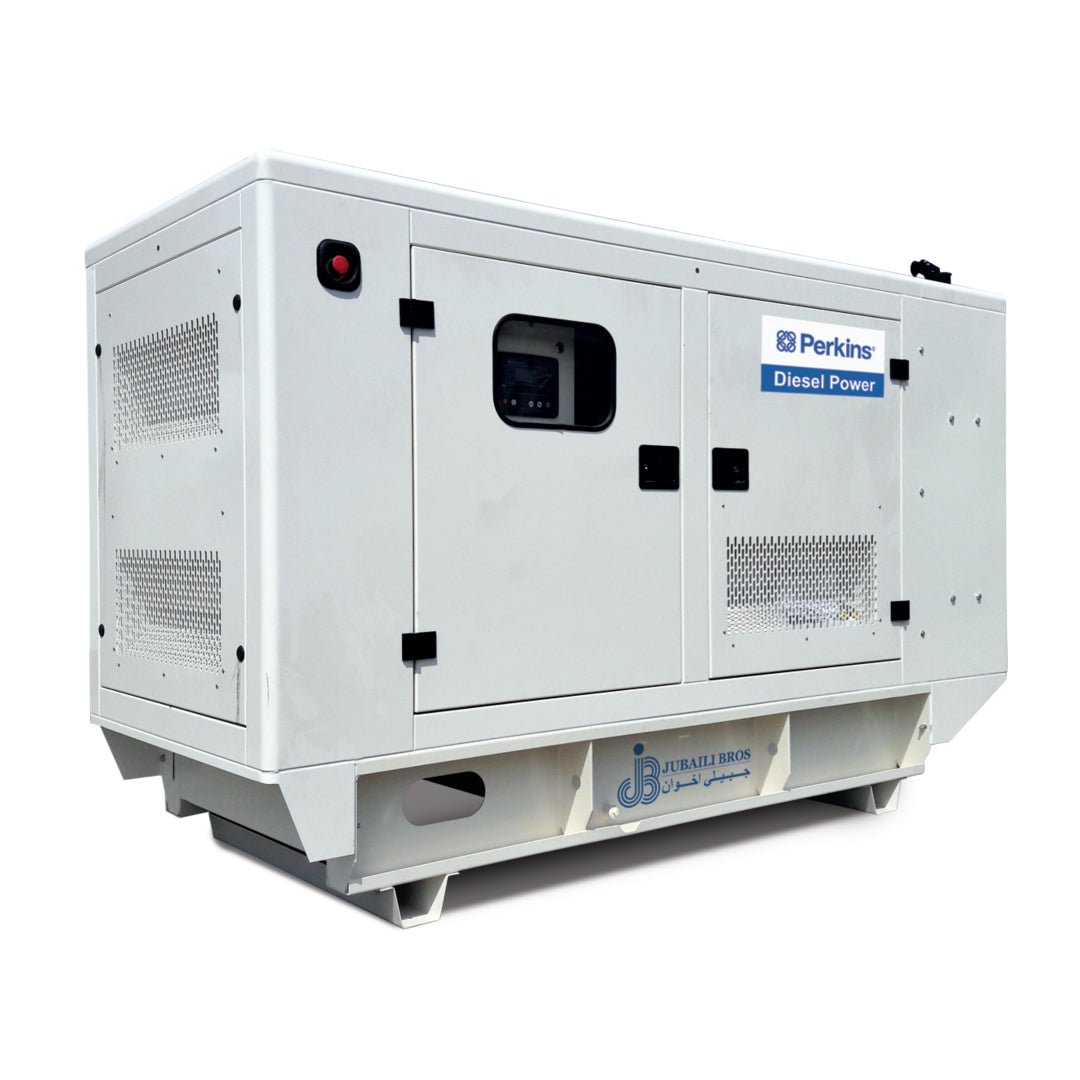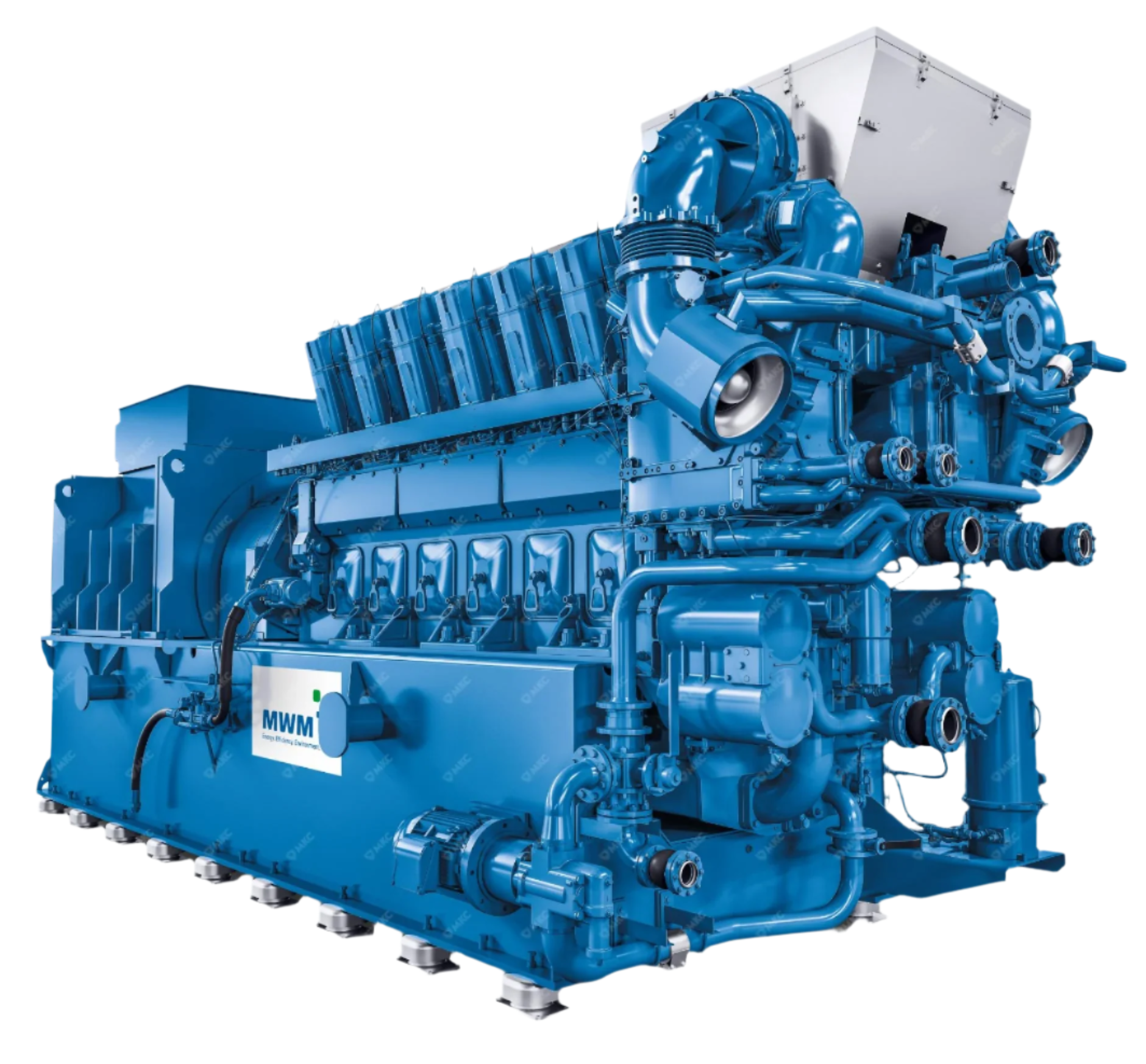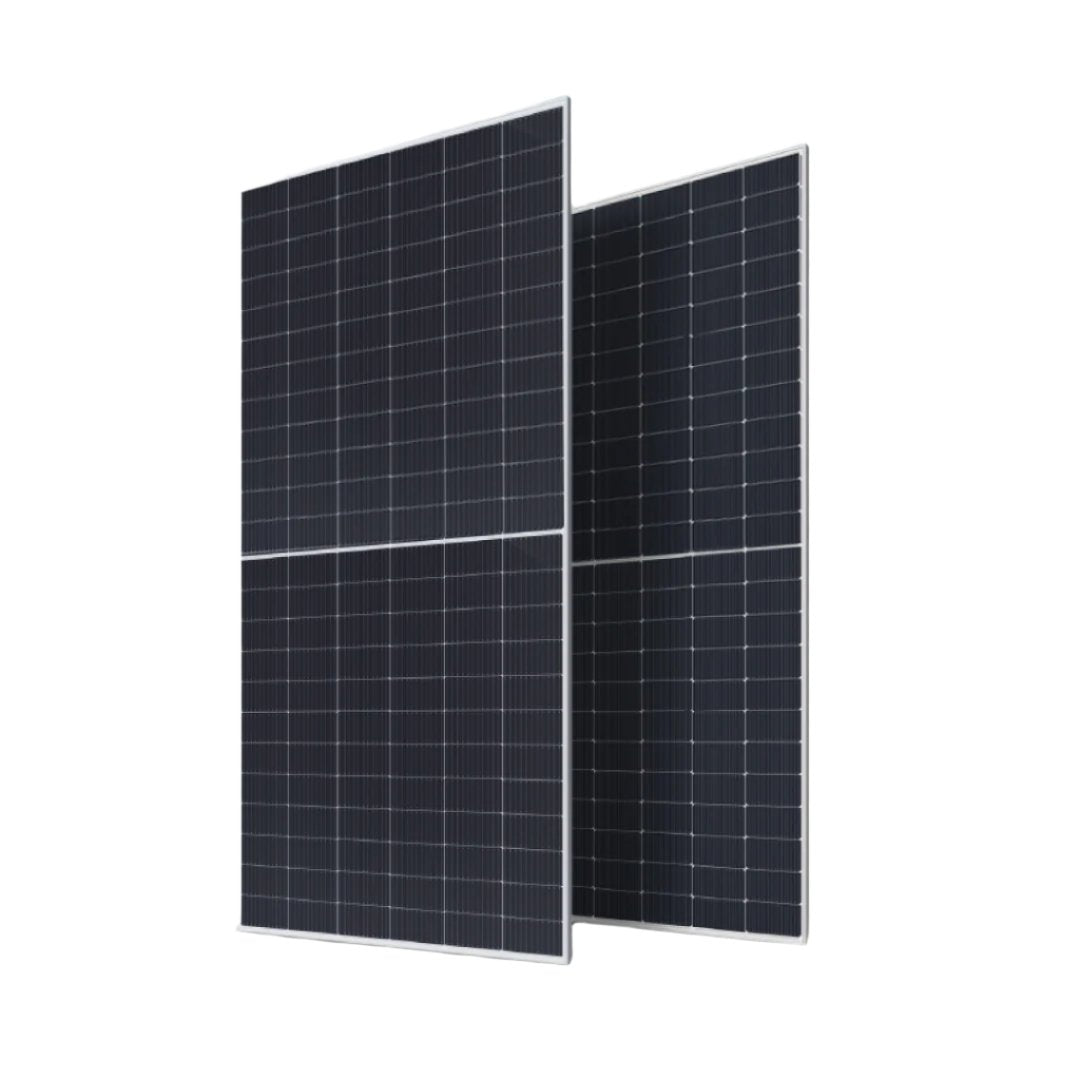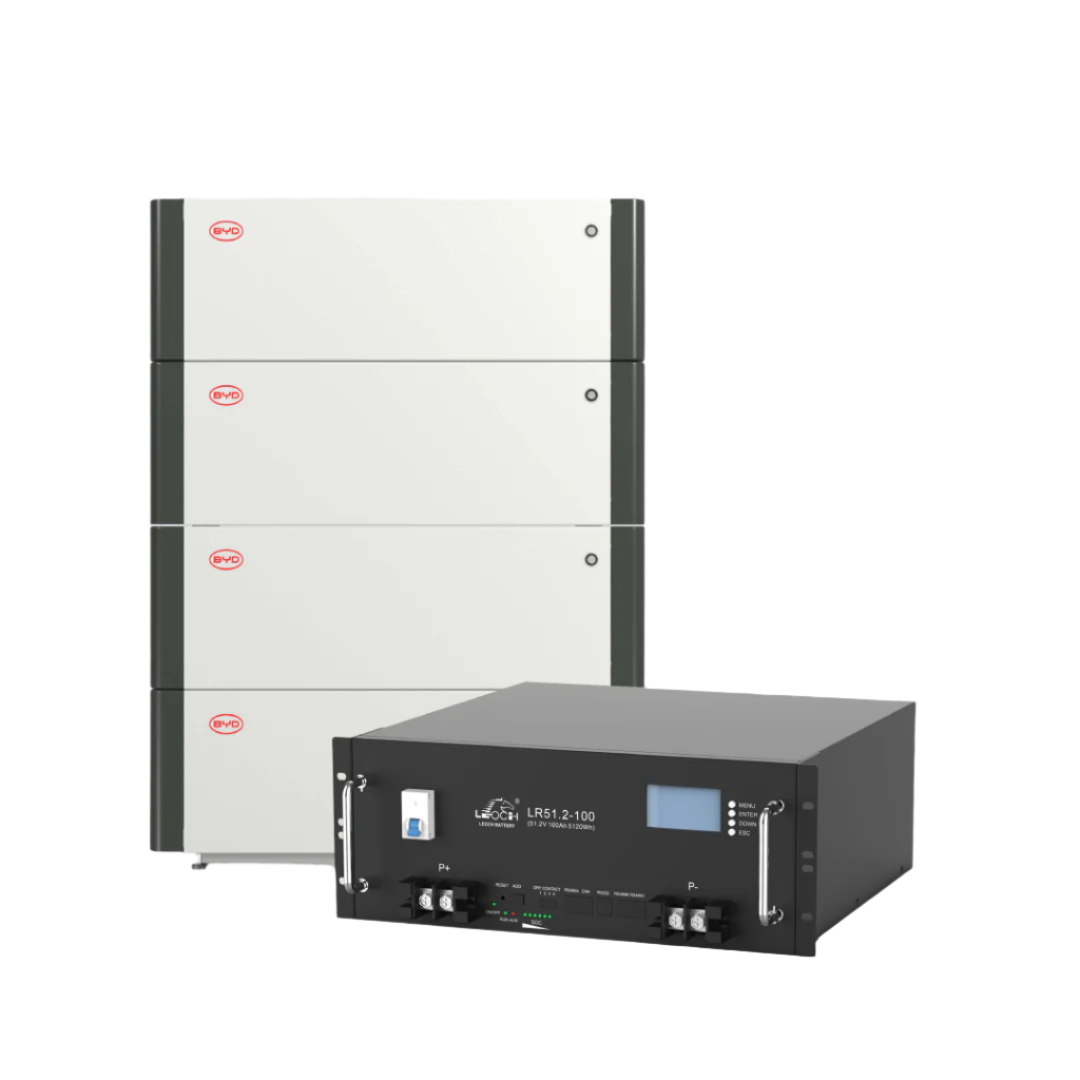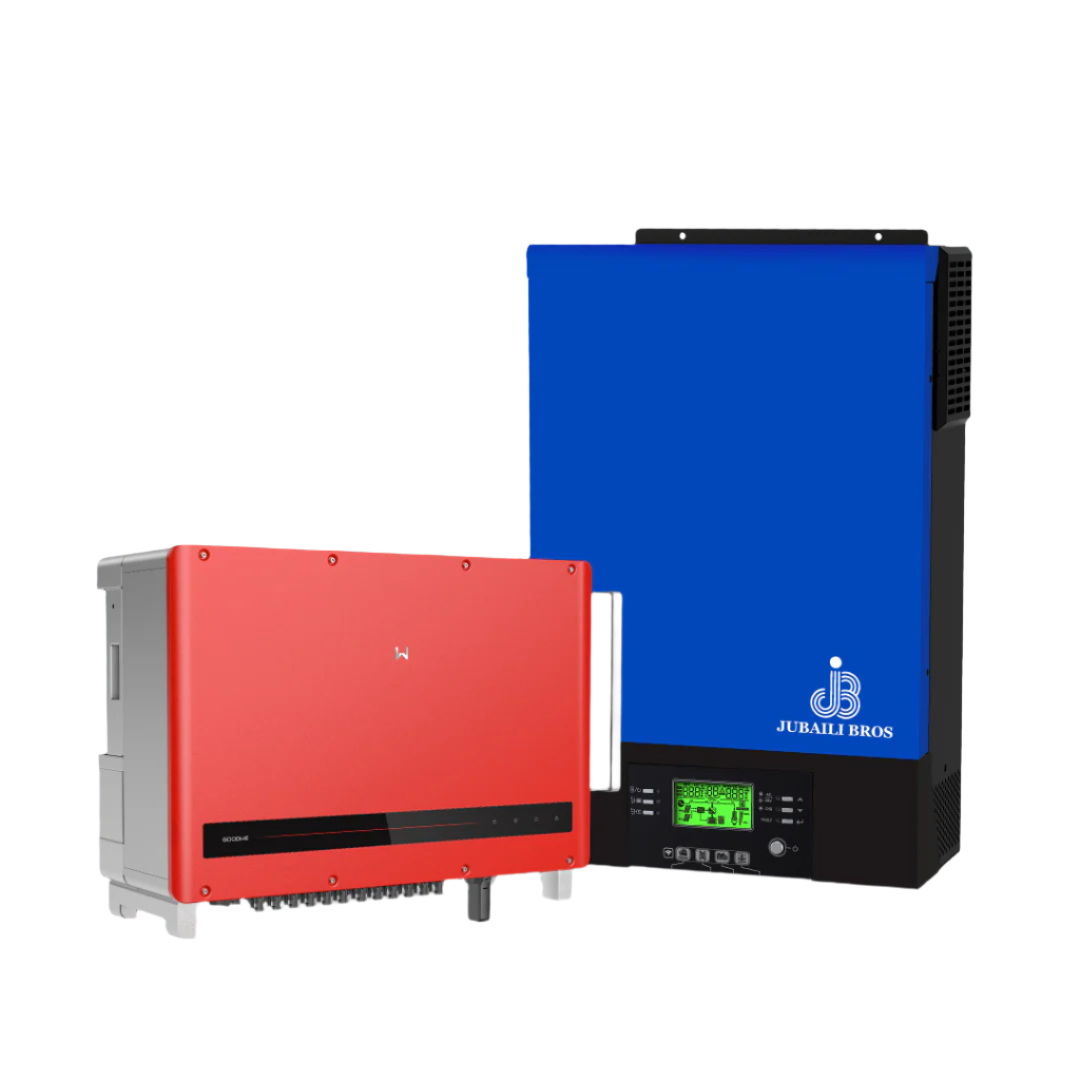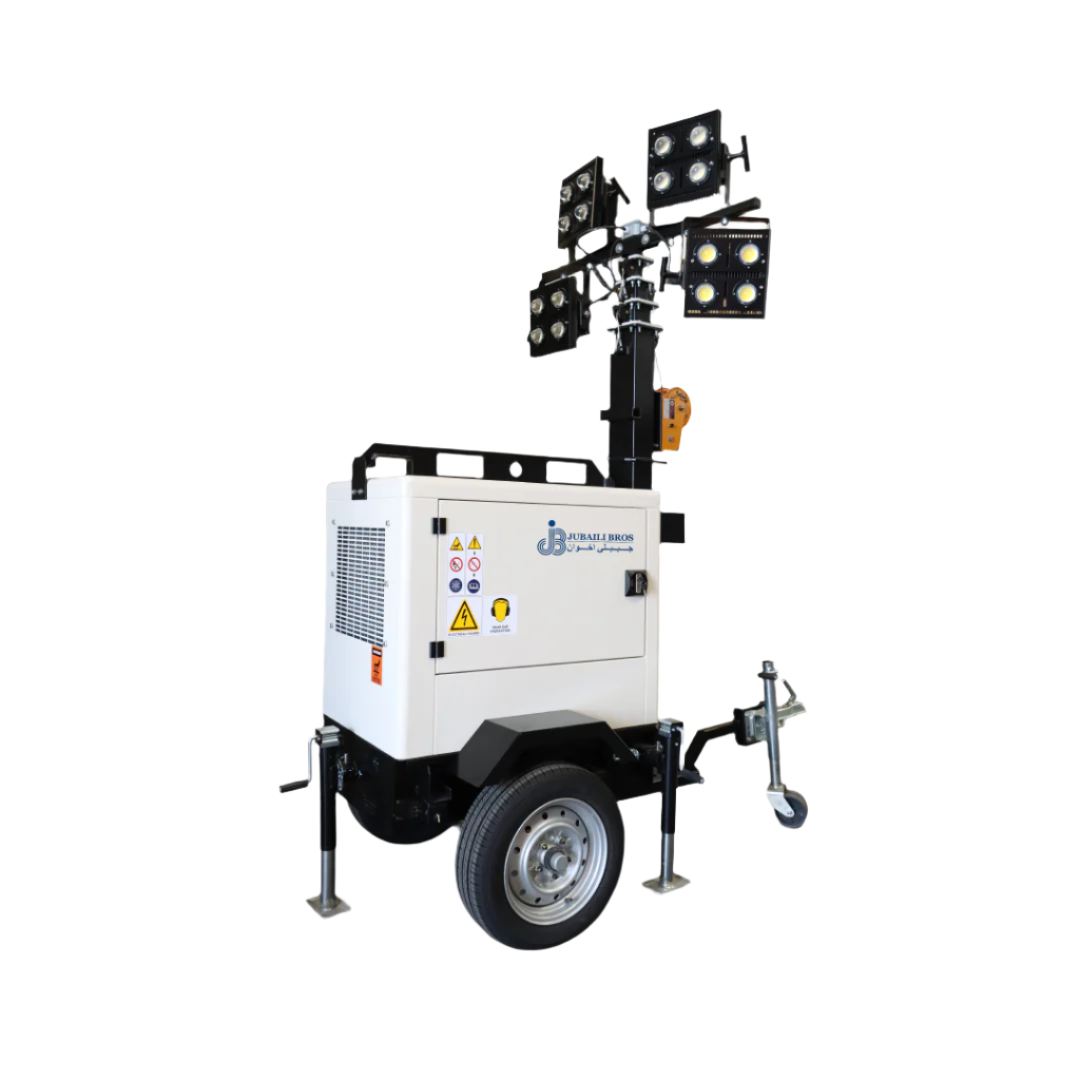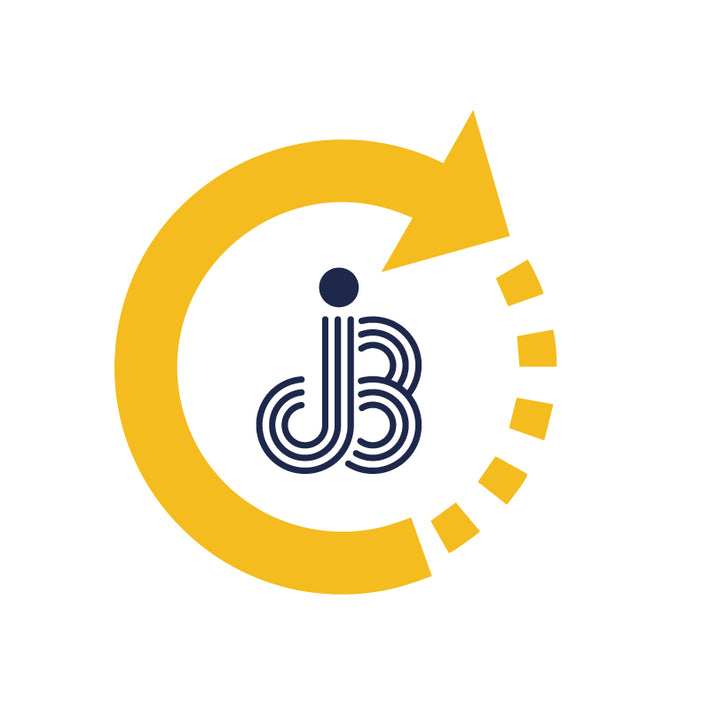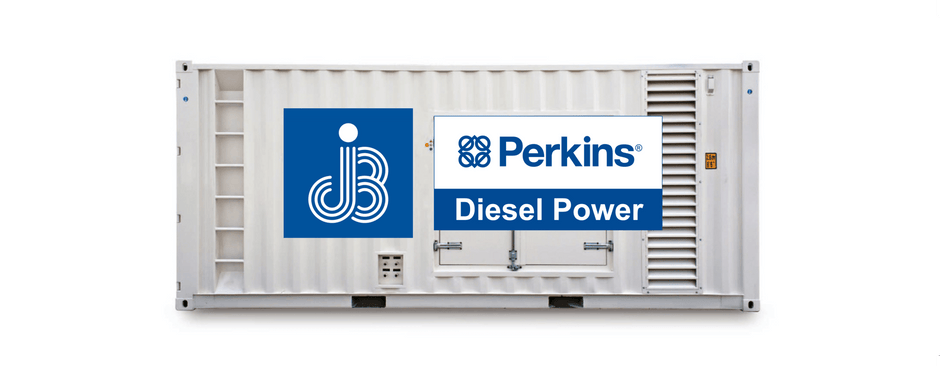Even the most sophisticated diesel generator depends on one consumable above all: clean, stable fuel. A single slug of water, a flake of rust, or a bloom of microbial slime can clog filters, score injection components, or cause an unexpected shutdown when power is needed most. Field studies show that up to 80% of standby-set failures trace back to contaminated diesel. Generator owners therefore need a storage and handling strategy that keeps fuel within specification from the refinery gate to the engine injection pump.
Why Fuel Quality Matters
Perkins fuel systems rely on micron-scale clearances between pump and injector components. Any particulate above 5 µm acts as an abrasive, while free water supports microbial growth that produces corrosive by-products. Training materials emphasise that a “readily available supply of clean fuel” is essential for achieving fast start times and reliable load acceptance. Jubaili Bros’ OEM warranty also assumes that fuel meets ISO 8217 or EN 590 specifications throughout the warranty period.
Key Degradation Mechanisms
- Oxidation: Air exposure forms gums and varnish that foul injectors.
- Water ingress: Condensation or rain introduces moisture, encouraging microbial growth and internal corrosion.
- Micro-organisms: Bacteria and fungi colonise the fuel–water interface, producing acids that degrade tanks and lines.
- Sedimentation: Heavy molecules such as asphaltenes agglomerate and settle over time, especially in low-use standby systems.
Tank Selection and Sizing
Bulk storage vs day tank: For sets above 200 kVA, Jubaili Bros recommends a double-wall bulk tank sized for a minimum of 48 hours of continuous prime duty. This should feed a slightly elevated day tank providing 8–12 hours of autonomy. The day tank ensures positive suction at the lift pump, while bulk tanks—kept cooler and sealed—reduce microbial activity.
Construction: Use internally coated carbon steel or stainless steel. Underground tanks offer thermal stability but carry a higher risk of water ingress. Above-ground tanks should be coated white or reflective to reduce solar heat gain. All tanks should include:
- Breather vent with hydrophobic filter or desiccant cartridge.
- Overfill alarm and automatic shut-off at 90% tank volume.
- Sloped floor (1:50) leading to a water-draw valve.
- Mid-level sample port for laboratory testing.
Fuel Transfer and Polishing
Although generator sets are equipped with primary and secondary filters, it is best practice to remove contaminants before the fuel enters the day tank:
- Duplex transfer pumps with automatic switchover for redundancy.
- 10 µm filter–water separator installed in the bulk-to-day line.
- Polishing skid with staged filtration (30 µm → 10 µm → 2 µm absolute) and coalescer. The system should run for 2–4 hours per week.
Sites with low fuel turnover—such as standby applications—benefit most from weekly polishing. Prime-power systems often achieve sufficient turnover naturally.
Routine Inspection Schedule
| Interval | Action | Purpose |
|---|---|---|
| Weekly | Check tank level; drain water from sump; inspect breather filter | Prevents microbial growth and sediment buildup |
| Monthly | Run polishing skid; monitor filter pressure drop | Maintains sub-5 µm cleanliness level |
| Quarterly | Lab analysis: water, sediment, microbial count, cetane index, density | Detects early signs of degradation |
| Annually | Internal inspection, ultrasonic thickness gauging, sensor calibration | Identifies corrosion or drift |
| Every 3–5 years | Full cleaning and fuel replacement (if turnover is low) | Resets fuel quality baseline |
Handling Procedures
- Filter all transfers: Use 10 µm filtration when off-loading from delivery tankers.
- Seal all connections: Use cam-lock fittings with dust caps to prevent ingress.
- Use dedicated hoses: Avoid shared hoses, which are a common contamination source.
- Record every batch: Document supplier, sulphur content, density, and delivery temperature for traceability.
- Control storage temperature: Keep fuel below 40 °C to minimise oxidation.
Fire and Environmental Safety
Fuel storage and transfer must comply with national standards such as NFPA 30, EN 12285, and the UAE Fire & Life Safety Code. General safety measures include:
- Bund or double-wall containment sized to 110% of the largest tank.
- Thermal-fuse activated shut-off valve at the day tank outlet.
- Routing fill and vent lines away from air intakes and electrical equipment.
- Labelling all pipes with flow direction and contents.
Common Pitfalls
- Storing fuel too long: Ultra-low sulphur diesel oxidises faster than older formulations—rotate stock every 12 months.
- Ignoring condensation: Nightly temperature drops can condense water inside tank walls, especially in humid climates.
- Overreliance on biocides: Biocides kill microbes but leave debris that can still clog filters.
- Using galvanised piping: Zinc flakes can react with fuel additives—use black steel or stainless steel instead.
The Jubaili Bros Advantage
Our turnkey fuel-system packages include:
- Designs that comply with local civil defence regulations and fire codes.
- Factory-supplied day tanks with float switches wired to the Deep Sea controller for high- and low-fuel alarms.
- Optional polishing skids with automated controller integration for programmable operation.
- Commissioning fuel sampling and handover of baseline test results.
- Extended warranty support when periodic test records are maintained, in line with Jubaili Bros’ direct support model.
Conclusion
Fuel may seem simple compared to load sharing or synchronisation, but it remains a critical point of failure in standby installations. Following the best practices outlined here for storage, handling, and inspection ensures that diesel quality remains fit-for-purpose even after years in storage.
Questions about designing or upgrading your fuel system? Contact Jubaili Bros and speak directly with our fuel-system specialists.



